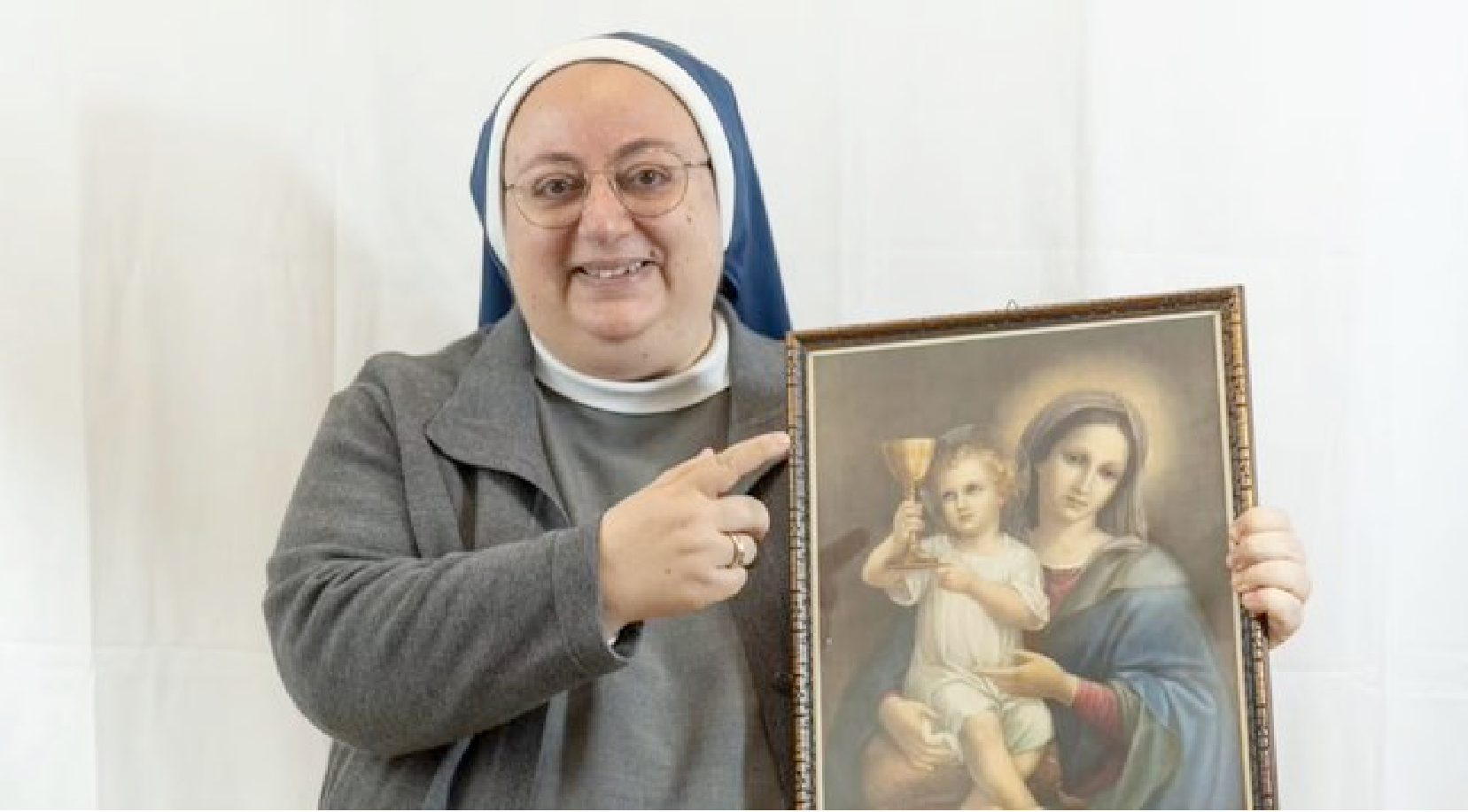(ZENIT News / Rome, 02.06.2024).- The Directress of the Observatory of Apparitions and Mystical Phenomena of the Pontifical Academy of Mary [Latin: Pontificia Academia Mariana Internationalis] (PAMI), Sister Daniela Del Gaudio, clarified to SIR Agency the implementation of the new norms of the Dicastery for the Doctrine of the Faith regarding alleged Marian apparitions, as well as the role of Marian Shrines throughout the world.
Sister Daniela said that “the new norms are useful for Bishops, in the first place, because the more detailed norms make it possible to guide better the path of discernment that the Prelates are called to follow, in communion with the Dicastery. To add to the ‘nihil obstat’ the declaration ‘of supernaturalness,’ “underscores that these phenomena do not become objects of faith, that is, they are not binding for believers. This error has been registered especially in some parts of the world,” she said.
Sister Daniela also pointed out that “the history of apparitions shows that the declaration of supernaturalness was given in exceptional cases.” She highlighted the need for a more profound and fruitful relationship between the “extraordinary” character of a pilgrimage to Marian Shrines and ordinary pastoral care.
Given the great devotion of Catholics for apparitions of the Virgin, she explained that “all this doesn’t exclude the supernatural: some phenomena may require a more profound and detailed study due to their exceptionality. In other words, the new norms call for greater seriousness in order to come eventually and in exceptional cases, to the declaration of supernaturalness, regarding what corresponds to express to the Holy Father.
In regard to the usefulness of the “Norms to Proceed in the Discernment of Alleged Supernatural Phenomena,” published on May 17, Sister Daniela recalled that “with the new norms, the work of the Bishops and of the Diocesan Commissions is facilitated, establishing that, in the first place, the “nihil obstat” must be done, namely, the observation that no critical or problematic elements exist in the phenomenon analyzed. Then, if considered appropriate, one can go ahead and grant the pastoral possibility to exercise worship.”
The role of the Observatory of Apparitions and Mystical Phenomena and the evaluation of experiences in supernatural phenomena is not “to discern, but to support the Diocesan Bishops, both in terms of study — if the Bishops requests it –, as well as in terms of competence in regard to the composition of the “Commissions for Apparitions,” she added.
The Directress also mentioned that “ Marian Shrines are a great resource, because Mary attracts: a supernatural phenomenon also, when it takes place, is a sign that God exists, that there has been a particular intervention of God. PAMI has already instituted the second year of the Course of Higher Formation on Marian Epiphanies and Mystical Phenomena.”
In regard to the role of Marian Shrines in Christian life, she said: “there are people that are tied only to that place and Shrine in particular. It’s true that there are places where the Lord has revealed Himself in a special way, but then I must live a daily journey of faith together with my Community. For this reason, it’s essential to have a pastoral preparation that makes people understand the value of the pilgrimage to the Shrine but, at the same time, that encourages them to treasure this lived experience, using it as a first rapprochement to evangelization and then integrating the extraordinary in the ordinary.”
Thank you for reading our content. If you would like to receive ZENIT’s daily e-mail news, you can subscribe for free through this link.



